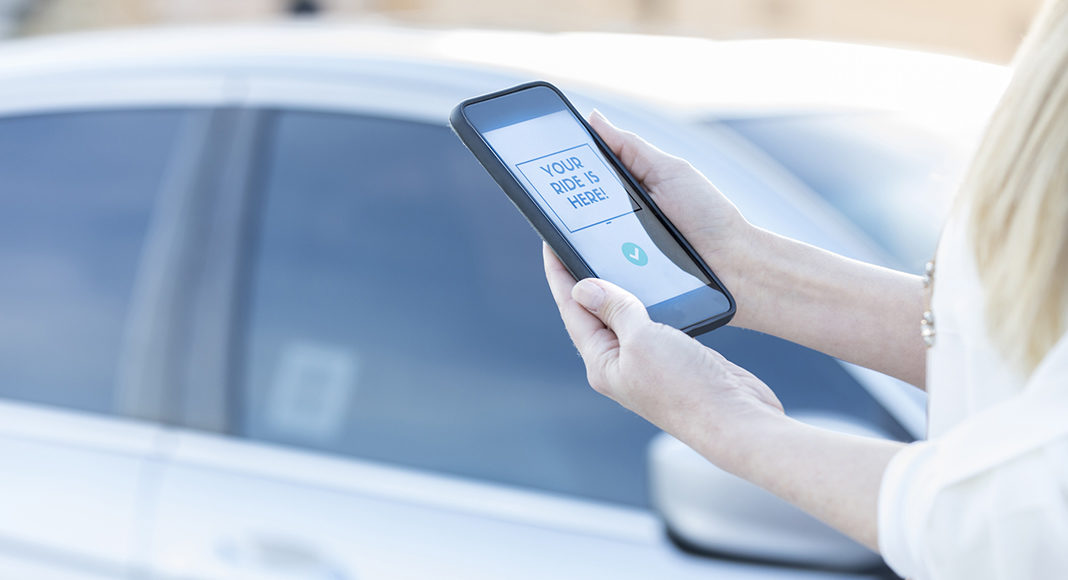Uber has published a comprehensive safety report disclosing details of events that have taken place during its rides in the US.
Covering part of 2017 and the whole of 2018, the report details Uberâs safety progress, its processes, and data related to the reports of the most serious safety incidents occurring on its platform.
In the report, Uber says users took 3.1 million trips per day on its platform between 2017 and the end of 2018; more than 45 rides every second. The vast majority (99.9 percent) of trips occurred without any safety-related issue:
- 4 percent of trips had a support request of any kind, most frequently for issues such as lost items, refunds, or route feedback
- 1 percent of trips had a support request for a safety-related concern, and the majority of those concerns were about less-severe safety issues such as complaints of harsh braking or a verbal argument
- 0003 percent of trips had a report of a critical safety incident
Uber says that drawing direct comparisons to national motor vehicle fatality rates is not easily done. For example, Uber drivers must be at least 21 years old and have at least one year of driving history, and their motor vehicle records must be screened before they can drive on the Uber platform. Key report findings include:
- There were 107 total fatalities in 2017 and 2018 across 97 fatal crashes reported in relation to the Uber app
- The Uber-related motor vehicle fatality rate for 2017 was 0.59 fatalities per 100 million vehicle miles traveled; it was 0.57 fatalities per 100 million miles traveled in 2018. For both years, the Uber data is about half of the national rates
- 21 percent of the fatalities in this report were drivers using the Uber platform; 21 percent were riders using the Uber platform, and the rest were third parties
- Fatal physical assault was reported to occur in about 1 in every 122,000,000 US trips, or approximately 0.000001 percent of US trips. Among the 19 deceased parties in 2017 and 2018 included in this report, eight were riders using the Uber platform, seven were drivers using the Uber platform, and four were third parties.
In relation to sexual assaults, Uber highlights that in the US, nearly 44 percent of women and almost 25 percent of men will be the victim of sexual violence in their lifetime. In relation to Uber trips for 2017 and 2018 combined:
- Non-Consensual Kissing of a Non-Sexual Body Part was reported to occur in about 1 in every 2,000,000 completed trips
- Non-Consensual Sexual Penetrationâthe most serious sexual assault categoryâwas reported to occur in about 1 in 5,000,000 US trips, or on approximately 0.00002 percent of US trips
- Across five categories of sexual assault, riders account for nearly half (45 percent) of accused parties
The report references Uberâs rigorous background-check process. During 2017 and 2018, more than one million prospective drivers did not make it through Uberâs screening process. The majority (76 percent) of the drivers who failed Uberâs screening process were disqualified during the MVR check and did not advance to the criminal background check portion of screening.
Uber will disqualify individuals with any felony convictions in the last seven years. If it identifies a report for certain serious criminal convictionsâincluding sexual assault, sex crimes against children, murder/homicide, terrorism, and kidnappingâat any time in the personâs history, the potential driver will be disqualified according to Uberâs standards.
Beyond performing annual background check reruns, Uber says it was the first US ridesharing company to implement continuous driver screening technology, which monitors and flags new criminal offenses through a number of data sources and notifies the company so it can take action to ensure that every driver continues to meet its high standards. Since the launch of this technology, more than 40,000 drivers have been removed from the app due to continuous screening.
As well as its existing safety features, Uber is rolling out new features that allow riders to verify their driver with a secure PIN code, send a text message directly to 911 operators, and report safety incidents to Uber before their trip is over.
In some countries, Uber is testing a feature to give drivers and riders the option to securely record audio during their trip as a safety precaution. The company is also committed to sharing the names of drivers who have been banned from its platform for the most serious safety incidents with its ridesharing peers.
âWe are proud to have partnered with Uber on a number of road safety initiatives and are pleased to see its continued investment in this space,â said Jonathan Adkins, Executive Director, Governors Highway Safety Association. âUber has taken a data-driven and transparent approach that will help provide a deeper understanding of road safety and how cities move.â



















